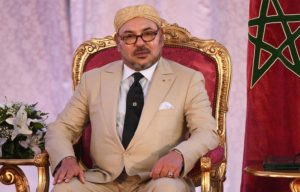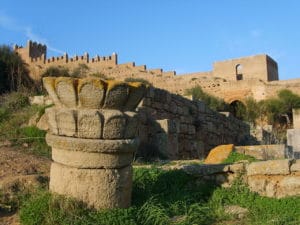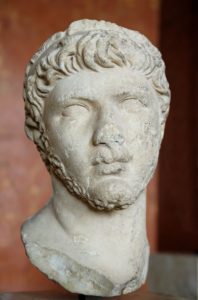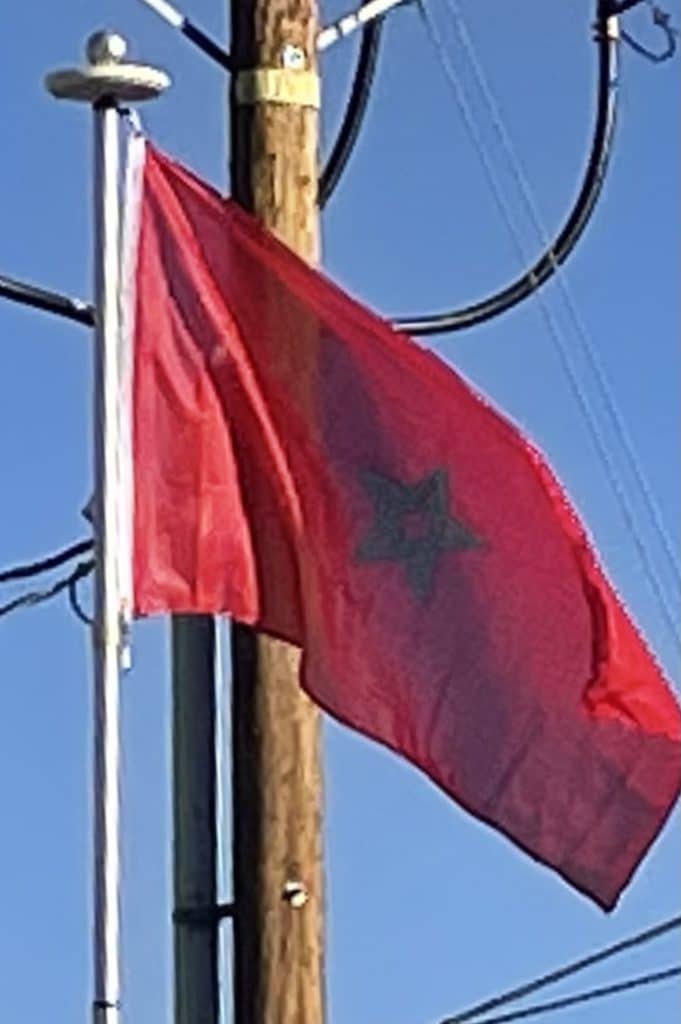
Morocco’s predominant religion is Islam, and its official languages are Arabic and Berber. The Berber language achieved official recognition in 2011. Berber had been the native language of Morocco before the Muslim conquest in the seventh century C.E. The Moroccan dialect of Arabic, referred to as Darija, and French are also widely spoken. Moroccan culture blends aspects of Berber, Arab, Sephardic Jewish, West African, and European culture, having been influenced at various times by all of them.
Morocco is a member of the Arab League, the Union for the Mediterranean and the African Union.
History:
Prehistory and Antiquity:
The area of present-day Morocco has been inhabited since at least Paleolithic times, beginning sometime between 190,000 and 90,000 BC. During the Upper Paleolithic, the Maghreb was more fertile than it is today, resembling a savanna, in contrast to its modern arid landscape.
In the early part of the Classical Antiquity period, Northwest Africa and Morocco were slowly drawn into the wider emerging Mediterranean world by the Phoenicians, who established trading colonies and settlements there, the most substantial of which were Chellah, Lixus, and Mogador. Mogador was established as a Phoenician colony as early as the 6th century BC.

Morocco later became a realm of the Northwest African civilization of ancient Carthage, and part of the Carthaginian empire. The earliest known independent Moroccan state was the Berber kingdom of Mauretania, under King Baga. This ancient kingdom (not to be confused with the modern state of Mauritania) flourished around 225 BC or earlier.

Mauretania became a client kingdom of the Roman Empire in 33 BC. Emperor Claudius annexed Mauretania directly in 44 AD, making it a Roman province ruled by an imperial governor.
During the so-called “crisis of the 3rd century,” parts of Mauretania were reconquered by Berber tribes. As a result, by the late 3rd century, direct Roman rule had become confined to a few coastal cities, such as Septum (Ceuta) in Mauretania Tingitana and Cherchell in Mauretania Caesariensis.

When, in 429 AD, the area was devastated by the Vandals, the Roman Empire lost its remaining possessions in Mauretania, and local Mauro-Roman kings assumed control of them. In the 530s, the Eastern Roman Empire, under Byzantine control, re-established direct imperial rule of Septum and Tingi, fortified Tingis, and erected a church.
Foundation and Early Islamic Era:
The Muslim conquest of the Maghreb, which started in the middle of the 7th century, was achieved by the Umayyad Caliphate early into the following century. It brought both the Arabic language and Islam to the area. Although part of the larger Islamic Empire, Morocco was initially organized as a subsidiary province of Ifriqiya, with the local governors appointed by the Muslim governor in Kairouan.

